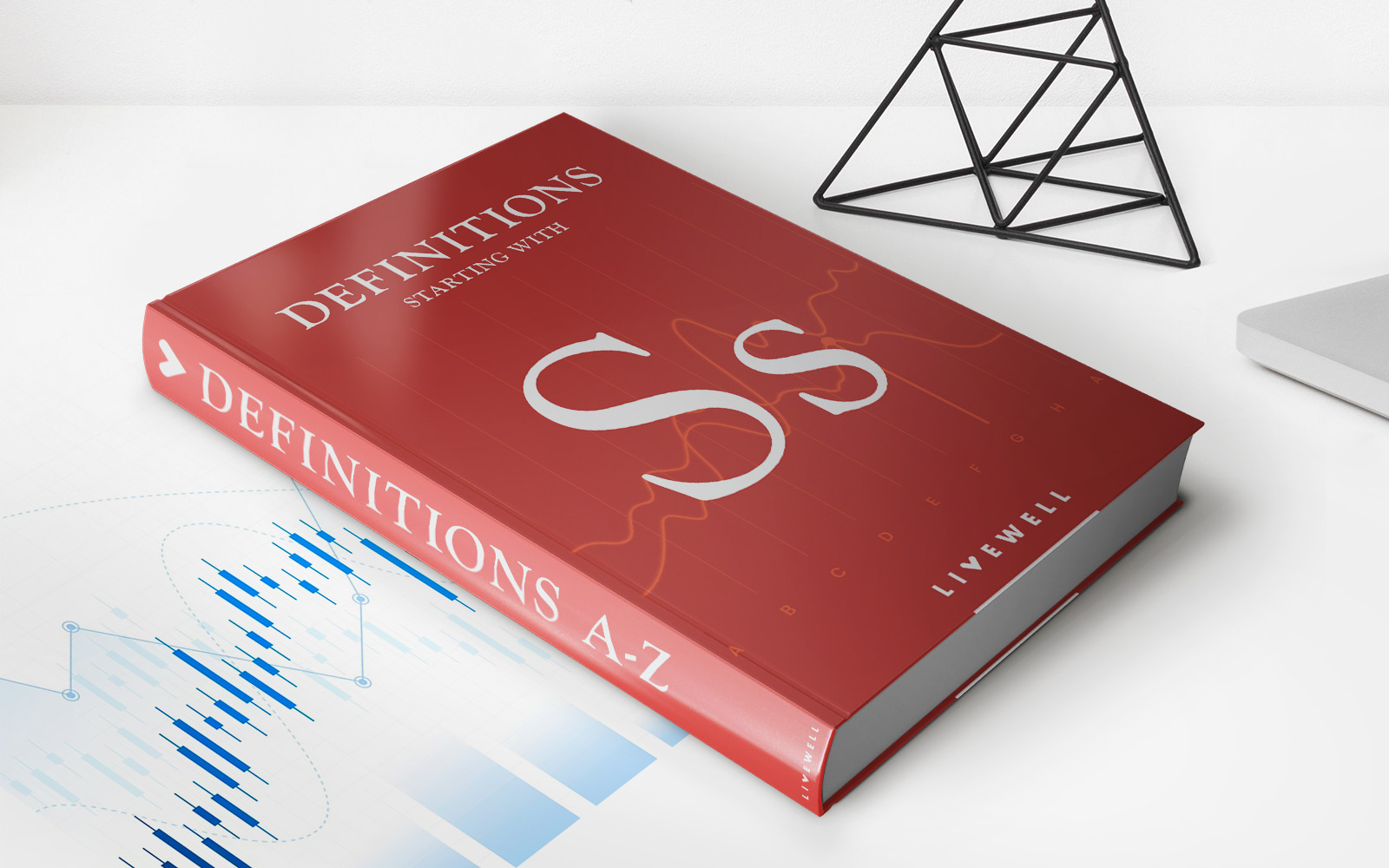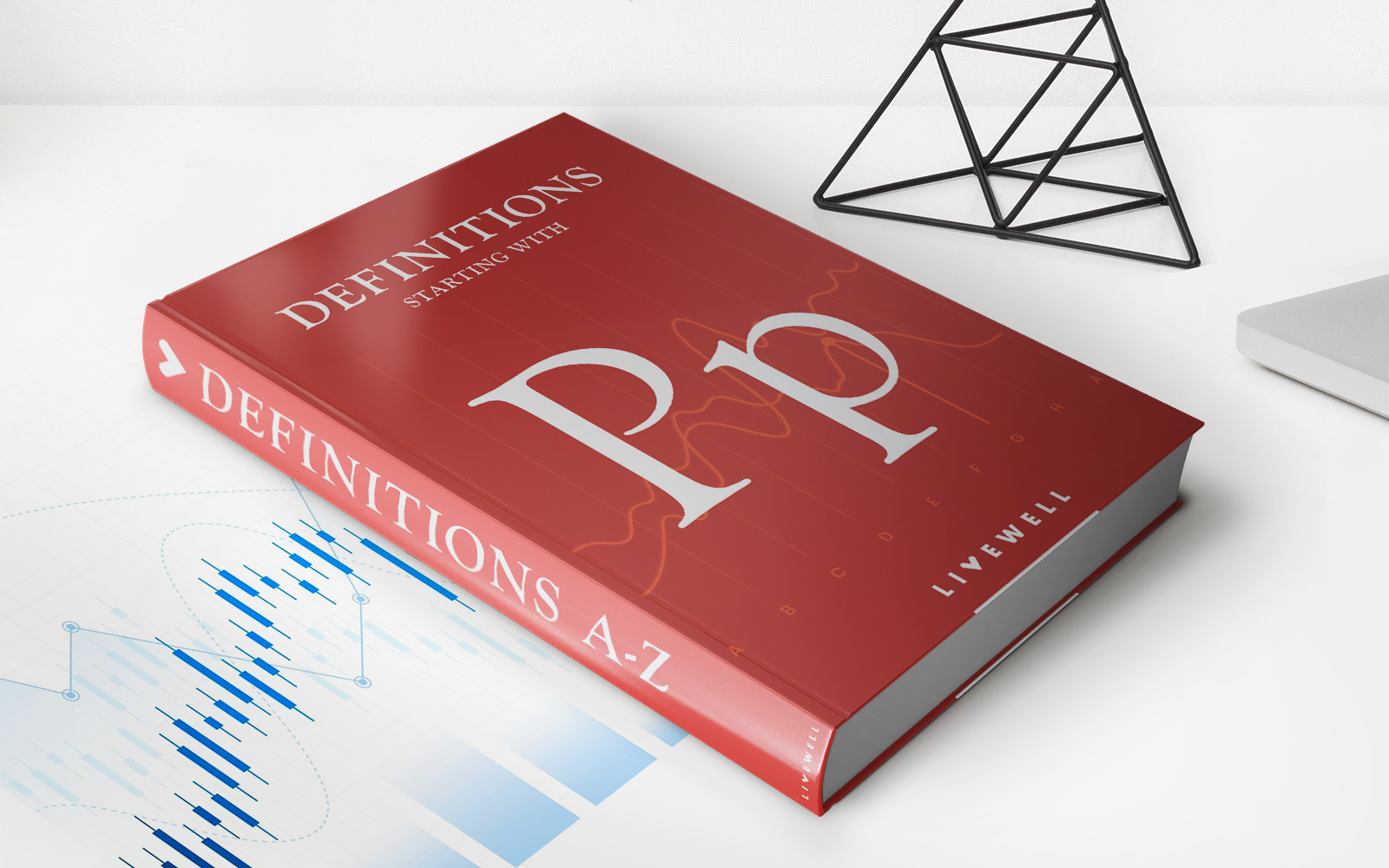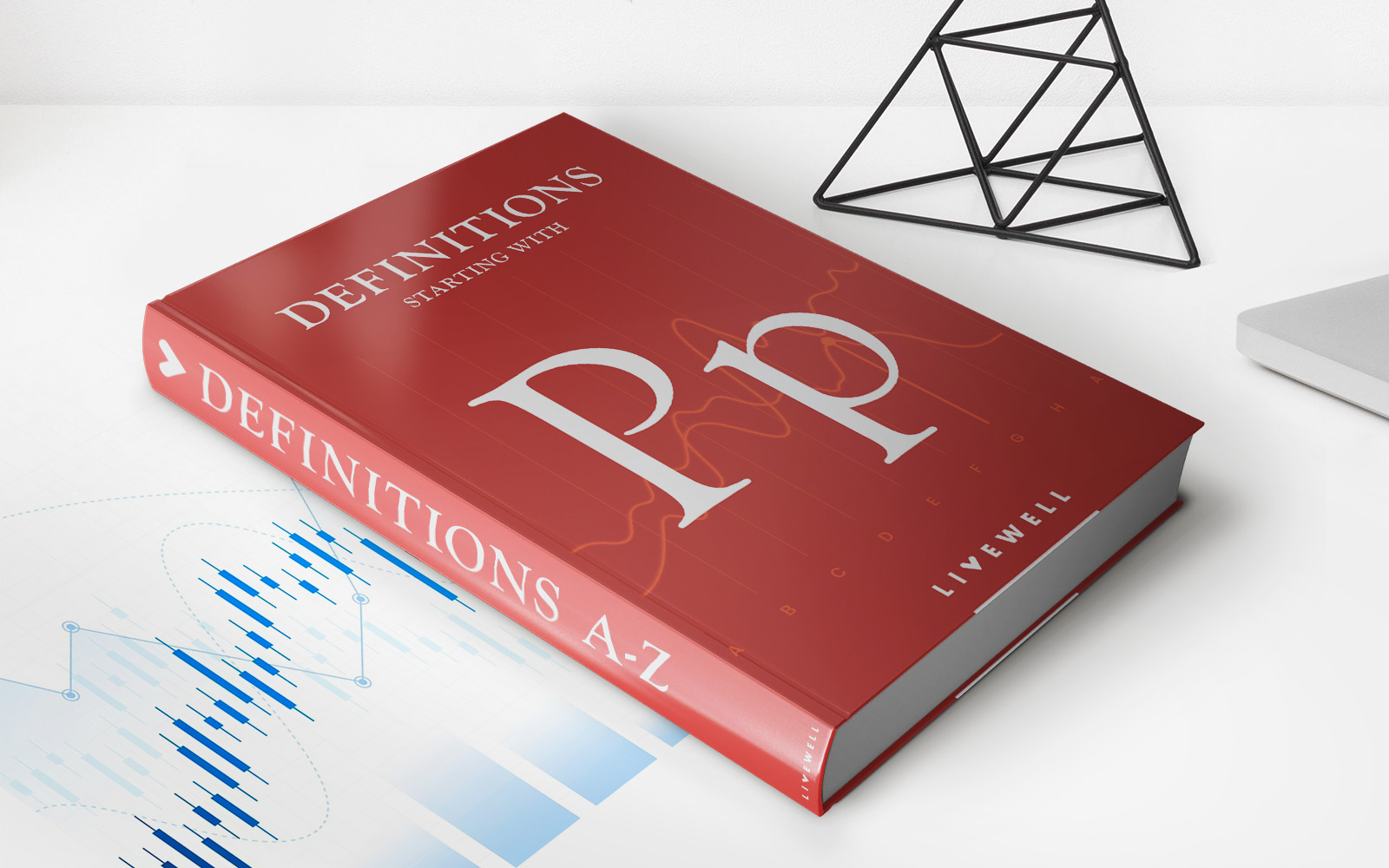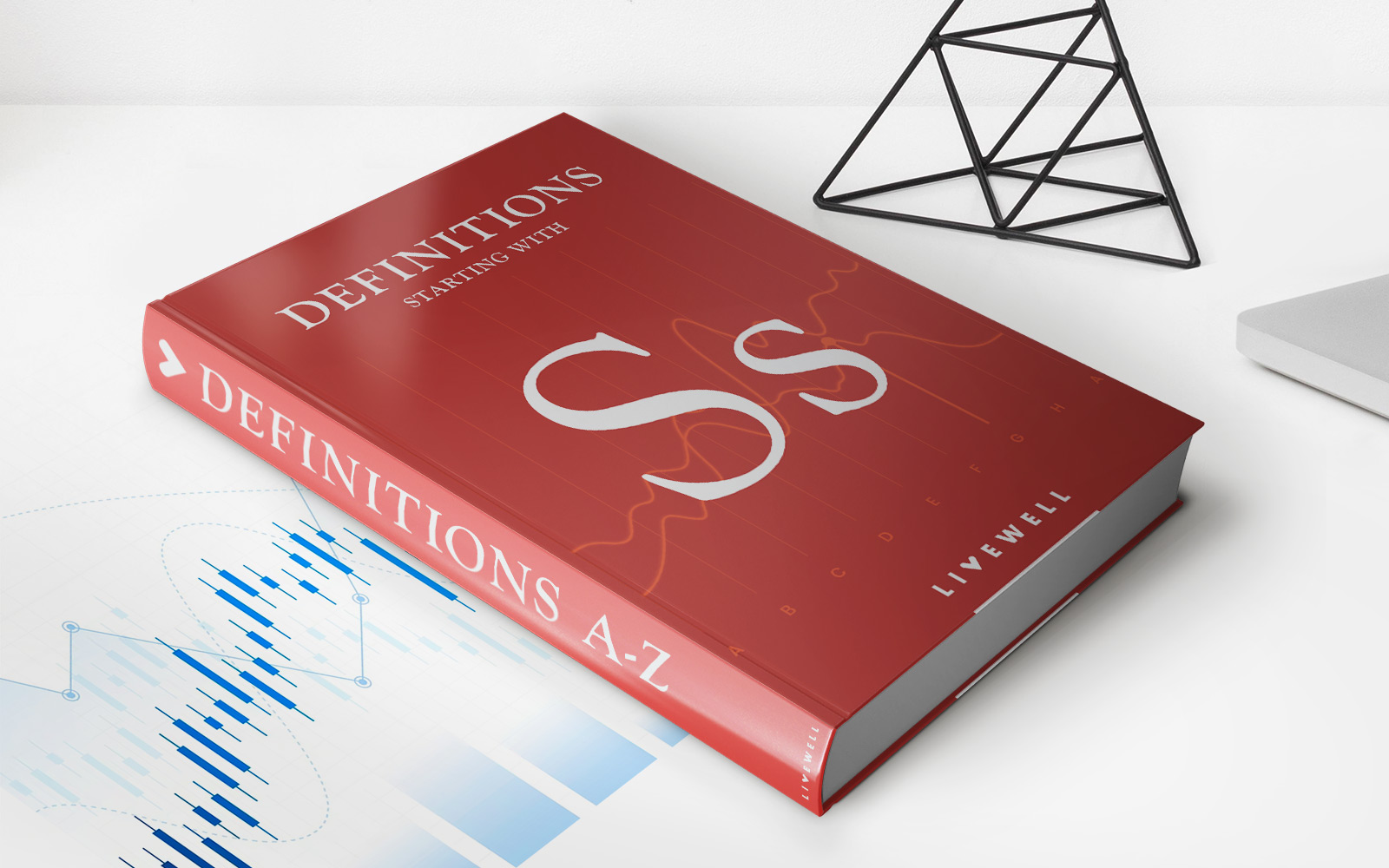Home>Finance>Employment-to-Population Ratio: Definition And What It Measures
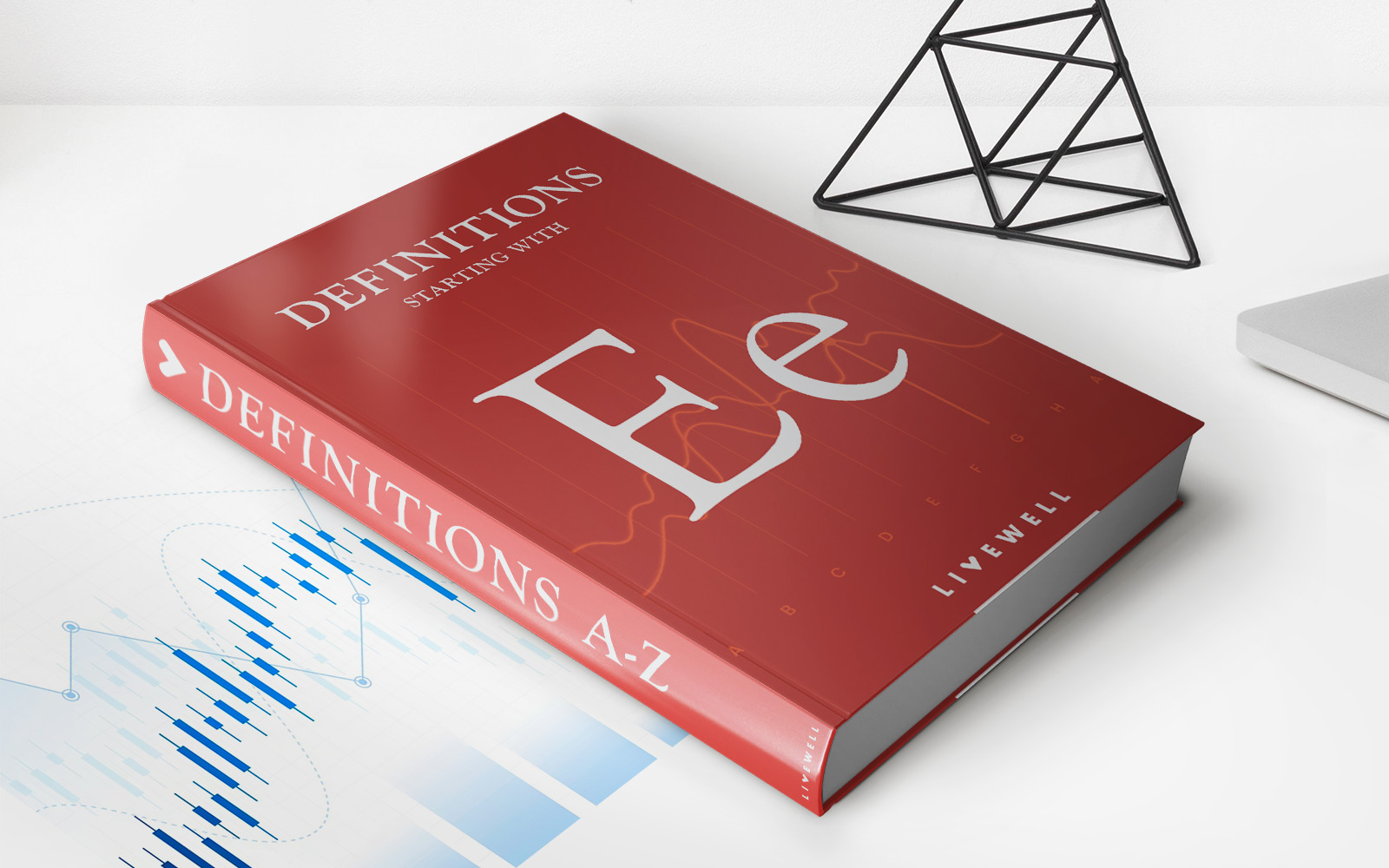

Finance
Employment-to-Population Ratio: Definition And What It Measures
Published: November 17, 2023
Learn about the employment-to-population ratio in finance, which measures the proportion of a population that is employed, providing insight into economic activity and labor market conditions.
(Many of the links in this article redirect to a specific reviewed product. Your purchase of these products through affiliate links helps to generate commission for LiveWell, at no extra cost. Learn more)
Unlocking the Power of Employment-to-Population Ratio
When it comes to understanding the state of a country’s economy, many indicators can provide valuable insights. Among these, the employment-to-population ratio stands out as a key metric to gauge the strength of the labor market. But what exactly is this ratio, and how does it measure the well-being of a nation’s workforce? Let’s dive in and demystify the Employment-to-Population Ratio.
Key Takeaways:
- The employment-to-population ratio measures the percentage of a country’s working-age population that is employed.
- This ratio provides insights into the overall health of the labor market and the extent to which the working-age population is participating in it.
A Closer Look at the Employment-to-Population Ratio
The employment-to-population ratio, often abbreviated as EPOP, is an essential economic indicator that shows the proportion of a country’s working-age population that is currently employed. It serves as a crucial measure of the overall health and vibrancy of the labor market.
To calculate the employment-to-population ratio, the number of employed individuals within a specific age group is divided by the total population of that age group, and the result is multiplied by 100 to express it as a percentage. This ratio provides valuable insights into the labor market dynamics, as it considers both the total number of people employed and the size of the working-age population.
So, what does the employment-to-population ratio reveal about an economy? Here are some key points to consider:
- Economic Activity: A higher employment-to-population ratio generally suggests a more active labor market and a healthier economy. When a larger percentage of the working-age population is employed, it indicates that people have access to job opportunities and that businesses are hiring.
- Workforce Participation: The employment-to-population ratio also provides insights into the extent to which people are actively participating in the labor force. A lower ratio may indicate that some individuals have chosen not to seek employment, potentially due to discouraged job seekers or individuals pursuing other non-work-related activities.
- Trends and Comparisons: Tracking the employment-to-population ratio over time allows economists and policymakers to identify trends and compare the labor market performance of different countries. For instance, a decline in this ratio could indicate an economic downturn or structural changes in the workforce.
- Demographic Analysis: By examining the employment-to-population ratio within specific age groups or demographic categories, analysts can gain a deeper understanding of employment trends. This information is particularly valuable for policymakers who may want to target specific groups with tailored workforce development strategies.
In Conclusion
The employment-to-population ratio is a powerful tool for assessing the health of a country’s labor market. By measuring the percentage of the working-age population that is employed, it provides valuable insights into economic activity, workforce participation, and demographic trends. By understanding and analyzing this ratio, policymakers, economists, and businesses can make informed decisions and take appropriate actions to promote a strong and dynamic labor market.
Remember, the key takeaways of the employment-to-population ratio are:
- The employment-to-population ratio measures the percentage of a country’s working-age population that is employed.
- This ratio provides insights into the overall health of the labor market and the extent to which the working-age population is participating in it.
So, next time you come across discussions or analyses of the employment-to-population ratio, you’ll have a solid understanding of what it measures and why it’s such an important metric for evaluating a nation’s workforce.

